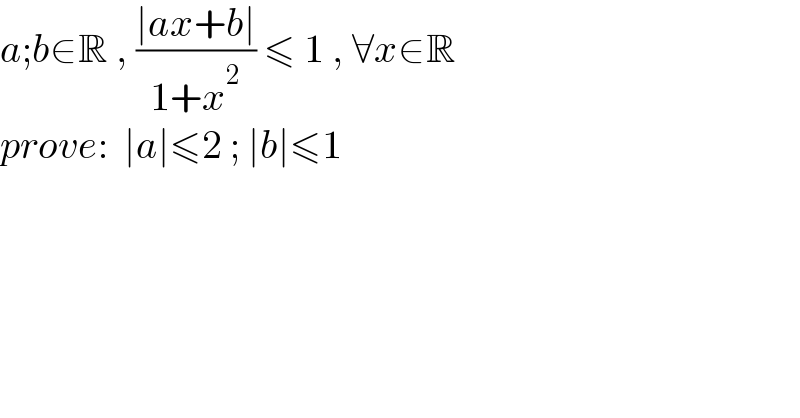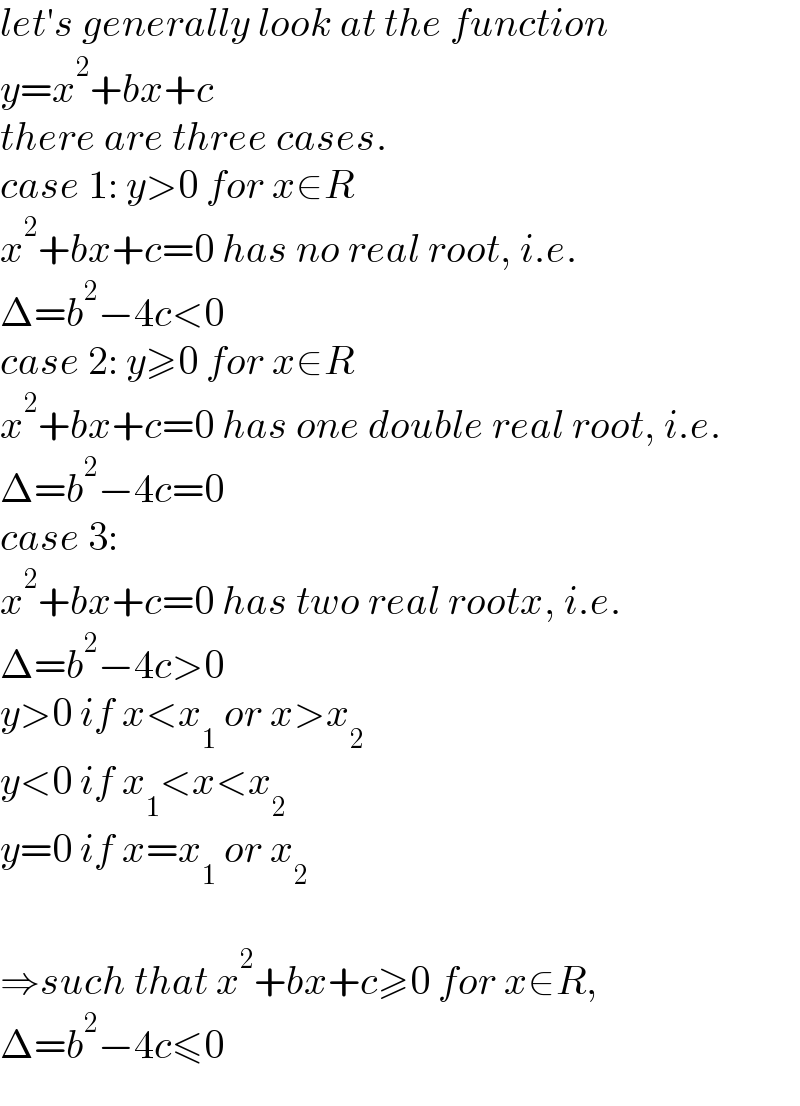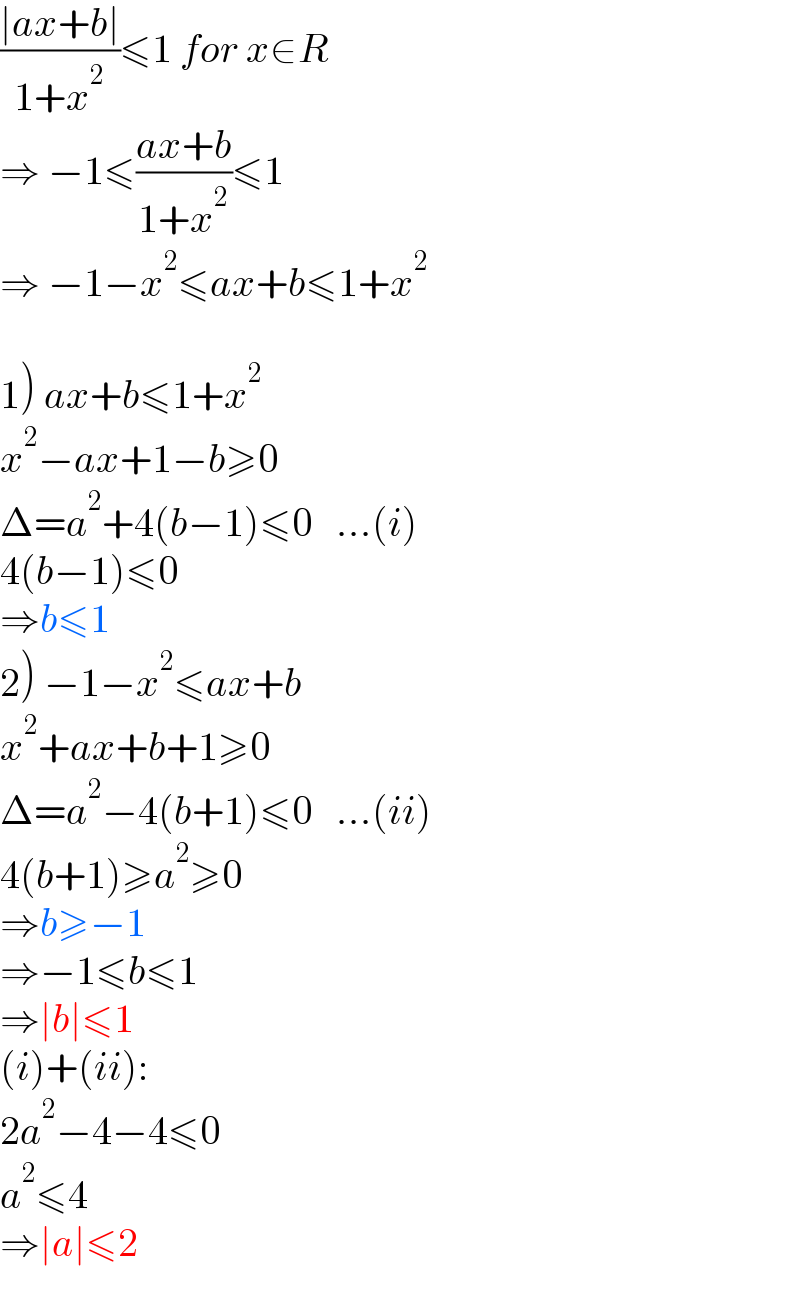
Question and Answers Forum
Question Number 139190 by mathdanisur last updated on 23/Apr/21

Answered by mitica last updated on 24/Apr/21

Commented by mathdanisur last updated on 24/Apr/21

Commented by mitica last updated on 24/Apr/21

Answered by mr W last updated on 24/Apr/21

Commented by mr W last updated on 24/Apr/21

Commented by mr W last updated on 24/Apr/21

Commented by mathdanisur last updated on 24/Apr/21

Commented by mr W last updated on 24/Apr/21

